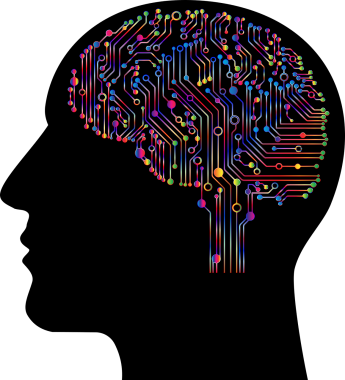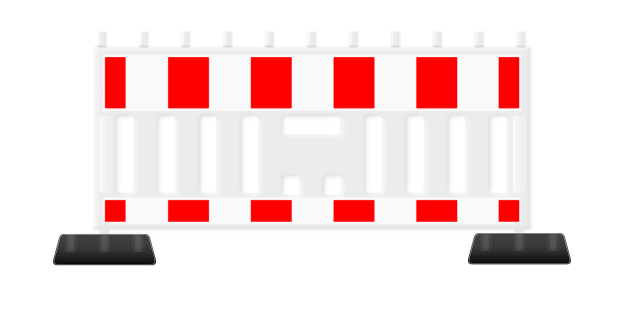
AI image tagging has changed the way we organize and search for visual content. It now allows machines to recognize and describe images. This results in making them more accessible and manageable.
More digital images are being created every day. Because of this, it has become important to have a good way to categorize them. This is where contextual tag generation comes in. It increases the accuracy and relevance of AI image tagging.
AI contextual tag generation simplifies image management and improves image search and retrieval. This results in users getting a more satisfying experience. In this article, we will discuss these things in great detail.
The role of AI in image tagging

The role of AI in image tagging is important in automating and optimizing the process. AI uses the capabilities of machine learning algorithms to automate image tagging. This significantly reduces the burden on human efforts and ensures scalability.
Moreover, AI’s ability to understand context leads to better image tags. These tags are more relevant. As a result, the quality of tagging gets better because it is more precise and has fewer mistakes. AI learns and improves over time. It keeps getting better at tagging images. This is why it is a key tool for organizing and sorting images efficiently.
How AI image tagging works

This process relies heavily on machine learning algorithms. Machine learning algorithms are essential for decoding and assigning image tags. They learn from large datasets, refining their tagging capabilities over time. Techniques such as deep learning and convolutional neural networks are used for this.
These algorithms enable the system to analyze image content thoroughly. They can recognize patterns and identify objects, scenes, or context. As a result, AI images tagging is useful for optimizing image categorization.
Contextual tag generation techniques
Context-based tag-generation techniques are of great importance when it comes to this topic. The progress made in machine learning has a big impact on this procedure. This allows AI systems to interpret image context with great efficiency.
Natural language processing techniques are applied to improve image tagging context. This allows AI systems to generate tags that align with the image’s content.
Furthermore, feature extraction techniques enable AI systems to interpret and categorize visual aspects. This is made possible by splitting down images into discrete components. These techniques collectively improve the accuracy and relevance of image tags. This results in a more accurate and context-aware approach to image tagging.
Benefits of AI image tagging
AI image tagging brings a lot of benefits to the table. Firstly, it improves the organization and accessibility of image databases. As a result, this simplifies the search, retrieval, and management of large image collections. It also accelerates the tagging process. Therefore, it reduces the time and effort needed for manual tagging.
Moreover, AI ensures consistency in image tagging by minimizing human errors. It provides standardized tags, resulting in a reliable image categorization system. These advantages enable businesses and individuals to handle their visual content more effectively. Resulting in a consistent and error-free approach to image management and organization.
AI image tagging in diverse domains
AI image tagging adjusts to the unique needs of different domains. Context-aware tag creation is key to customizing tags to specific industries. There are numerous success stories in this regard.
E-commerce platforms have benefited from increased sales and customer happiness. This is a result of generating more accurate product recommendations for customers. In healthcare, AI helps doctors and researchers by sorting medical images well. It makes diagnosing more accurate.
Considerations and limitations of AI image tagging

Contextual image tagging, while beneficial, faces considerations and limitations. One major challenge is diverse visual content with uncommon or unique elements. It may struggle to identify and tag such images correctly.
Ethical concerns are important. Biased tagging requires careful consideration, especially in sensitive circumstances or diverse datasets. This is to avoid repeating biases in AI systems. Although progress is being made to address this issue, it remains a big concern.
Ambiguity and complexity in visual contexts are also challenges. AI can misinterpret such scenarios, which can lead to inaccurate tags. We should acknowledge these considerations. It is essential to address limitations to fully utilize AI-driven image tagging.
Future directions and conclusion

In the future, we will have to tackle the problems that come with advanced tag generation. We have to keep researching to handle different kinds of content and avoid unfair biases.
there are several solutions to make tag creation more accurate. We should use better AI algorithms, complex neural networks, and advanced NLP methods. Furthermore, incorporating user feedback into the tagging process promises more personalized results.
FAQs
What is image tagging in AI?
Image tagging in AI is adding labels or keywords to images. This helps better the organization and searchability of images.
Why should you add a tag after uploading images in AI?
Adding tags in AI after uploading images enhances organization and searchability.
What is an example of image tagging?
For instance, tagging a beach photo with “beach” and “sunny” helps find it easily.
Are there specific tools or techniques for implementing contextual tag generation in AI image tagging?
Yes, there are many contextual tag-generation strategies in AI images tagging. Some examples are NLP, deep learning, and feature extraction.





